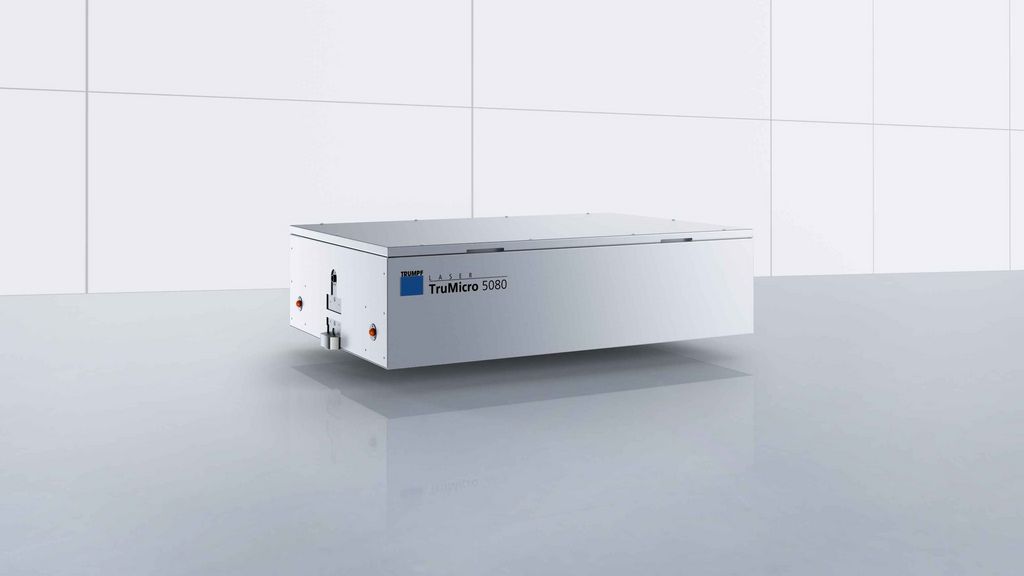Three challenges
Gas-tight welding – the heater in electric cars channels fluid through heating lines. "Obviously fluids and high voltage aren't a good combination in an electric car," notes Schmalenberg. "So the aluminum housing must be welded to ensure it is completely gas-tight." However, achieving gas-tightness in aluminum poses a significant challenge. Electron beam welding in a vacuum is too slow and expensive for the mass production of electric cars. However, fast laser welding often results in gas inclusions that impair the tightness.
Precision in contacting copper – copper is essential for ensuring proper current flow in the heater, and, naturally, it needs to be contacted by welding. Copper is reflective, which poses a challenge when using it as a mating part for lasers. However, there is a risk of deep weld seams affecting the underlying layers. "So we must be able to control the welding depth of the laser precisely. This is the point at which traditional infrared lasers reach their limit," Schmalenberg explains.
Structuring conductor tracks – to maintain the heater's thin profile, Webasto opts not to attach conductors but instead inserts them directly into the thin metal layer on the surface. "When structuring, we want clean ablation and precise bending. Preventing the material from melting is crucial to avoid the risk of product defects," Schmalenberg states.











